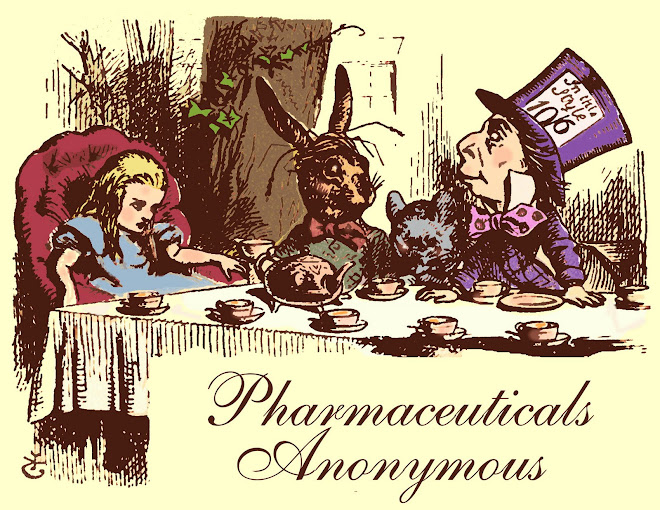What really causes Schizophrenia?
A good work-up to determine any underlying physical illnesses is key.
http://www.alternativementalhealth.com/articles/diamond.htm
The 29 causes of Schizophrenia are listed here
One cause is too much of an adrenal secretion - Adrenochrome. The best thing may be no caffeine for the fictional Perry of the film THE FISHER KING. Add Zinc to his diet, as well as Vitamin C and Niacin (B3), and his pesky Red Knight may be gone forever.
What Really Causes Schizophrenia
by Harold D. Foster
Trafford Publishing, Suite 6E, 2333 Government St., Victoria, BC V8T 4P4, Canada; 250-383-6864; www.trafford.com
Softbound; [c]2003; 257 pp.; $30; available as a free download at http://web.archive.org/web/20070105213900/www.hdfoster.com/Foster_Schizophrenia.pdf
What Really Causes Schizophrenia, written by Canadian geomorphologist and professor of medical geography Harold D. Foster, explains the adrenochrome hypothesis. This hypothesis was first published by Drs. Abram Hoffer, H. Osmond, and J. Smythies in 1954. It asserts that excess adrenochrome, not excess dopamine, produces the symptoms of schizophrenia. Conventional drug treatments for schizophrenia aim to lower dopamine levels. These drugs reduce symptoms by "15 to 20 percent," according to Dr. Foster; and they also have serious adverse effects over the long term, including parkinsonian involuntary movement. Adrenochrome, a neurotoxic metabolite of the catecholamine adrenaline, apparently disrupts major biochemical systems in people with a genetic predisposition to developing schizophrenia. Anxiety, rapid mood swings, thought disorders, fatigue, and sensory illusions and hallucinations characterize this increasingly common mental disorder.
Unlike the dopamine hypothesis, the adrenochrome hypothesis accounts for many biochemical patterns common among schizophrenic patients. For example, chronic schizophrenics tend to have damaged thyroid glands. Adrenochrome and the hormone triiodothyronine are antagonists. Adrenochrome is known to damage the thyroid. Also, adrenochrome, a highly reactive compound, generates free radicals that need to be neutralized by antioxidants. Cornerstones of the body's antioxidant defenses--glutathione peroxidase, superoxide dismutase, and catalase--are deficient in schizophrenic patients. Doctors have long recognized that diverse factors can trigger schizophrenia in susceptible persons. Each of these factors--which include various kinds of stress, excess sugar consumption, and exposure to allergic reactions--"either stimulates the body's production of adrenaline or promotes its metabolism to adrenochrome and its derivatives."
Orthomolecular psychiatrist Abram Hoffer identified adrenochrome as a possible factor in schizophrenia when he developed paranoia after ingesting the substance. He and coworkers hypothesized that giving people with schizophrenia high doses of the methyl acceptor niacin would slow noradrenalin's conversion to adrenaline, thereby producing less adrenochrome. Niacin, a nutrient deficient in people with schizophrenia, competes with the methyl acceptor noradrenalin and has become one of the mainstays of orthomolecular psychiatric treatment. (Orthomolecular medicine employs high doses of supplemental nutrients.)
In addition to examining what is known about the biochemistry of people with schizophrenia, What Really Causes Schizophrenia discusses five unconventional but effective therapies for schizophrenia: controlled fasting, histamine therapy, thyroid hormone therapy, biochemist Dr. Carl C. Pfeiffer's protocols, and Hoffer's protocol. Fasting and restrictive diets (monitored by a doctor) have normalized urine catecholamines, histamine, and serotonin levels in schizophrenic patients. Restrictive diets also help identify food sensitivities that stress the body, causing increased production of adrenaline. Milk and grains are the most common contributors to schizophrenic conditions. Histamine abnormalities, elevated homocysteine, and high levels of kryptopyrrole in the urine are other biochemical patterns commonly found in schizophrenic people. Pfeiffer developed five orthomolecular protocols to address the various subtypes.








